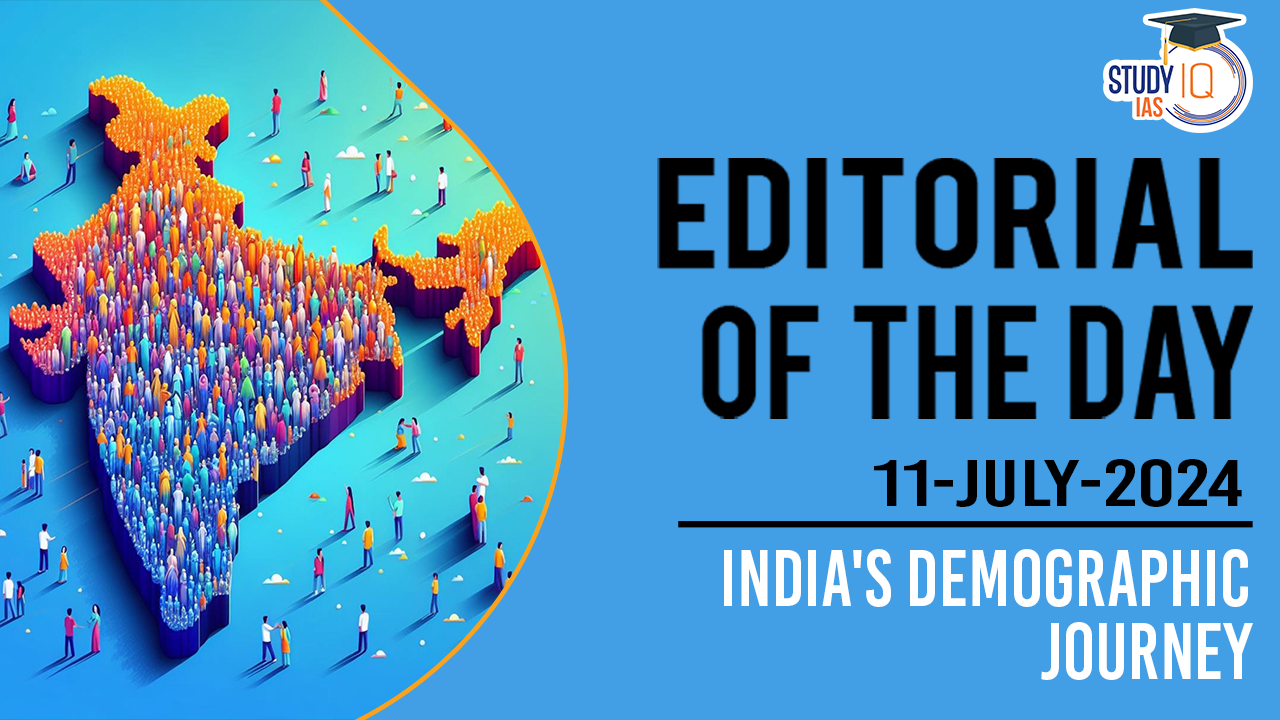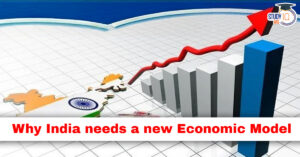Table of Contents
Context: India’s demographic evolution impacts its progress towards Sustainable Development Goals (SDGs).
Sustainable Development Goals (SDGs)
- In 2015, the UN adopted the SDGs to assess the progress of nations, with 2030 as the target year.
- India’s progress in SDGs must be viewed in light of its population dynamics.
- Core SDGs: “No Poverty, Zero Hunger, Good Health.”
- These three SDGs form the core of ‘development,’ ensuring food, shelter, and health for all.
- Core SDGs: “No Poverty, Zero Hunger, Good Health.”
India’s Population Dynamics
Key Components:
- Fertility: According to the National Family Health Survey (NFHS)-5, India’s Total Fertility Rate (TFR) decreased from 3.4 to 2 between 1992 and 2021.
- The TFR is now below the replacement level of 2.1.
- Mortality: There has been a significant drop in mortality rates.
- Average life expectancy has increased over time.
- India is experiencing a demographic shift towards an ageing population. In 2011, 8.6% of the population was aged 60 years and above, projected to rise to 19.5% by 2050.
Implications
- Demographic Dividend: Reduction in fertility indicates a shift towards smaller family norms, potentially reducing the dependent population and creating a demographic dividend.
- India can harness its young workforce by creating employment opportunities.
- Health Improvements: Declines in mortality and increases in life expectancy reflect a robust healthcare system and improved living standards.
- Ageing Population: The ageing population necessitates long-term plans for geriatric care and social security benefits.
- Migration and Urbanisation: Rapid rural-to-urban migration threatens existing urban infrastructure.
- Gender Equality: Gender equality is crucial for achieving SDGs. Women’s labour force participation, political representation, and societal plight must be addressed.
India’s SDG Journey
Achievements
- Poverty: The proportion of the population below the poverty line reduced from 48% to 10% between 1990 and 2019.
- MGNREGA (2006) addressed rural poverty, while Janani Suraksha Yojana (2005) improved maternal health and reduced healthcare costs for poor families.
- Hunger: The Green Revolution made India self-sufficient in crop production.
- The proportion of the population suffering from hunger reduced from 18.3% in 2001 to 16.6% in 2021.
- Despite POSHAN Abhiyaan (2018), India still faces significant malnutrition challenges.
- Health: Maternal Mortality Rate (MMR) decreased from 384.4 in 2000 to 102.7 in 2020.
- Under-five and infant mortality rates saw significant reductions post-2000.
- India needs to further improve to reach health targets.
Ongoing Issues
- Income Inequality: The top 10% of India’s population holds 77% of national wealth. The top 1% holds 40% of total wealth.
- Equitable distribution of development benefits is crucial for true sustainable development.
- Nutrition: India ranked 111 out of 125 countries in the Global Hunger Index (2023).
- Stunting, wasting, underweight children, and anaemia among women remain serious issues.
- Healthcare: India faces a double burden of communicable and non-communicable diseases (NCDs), necessitating stronger safety nets to prevent families from falling into poverty due to health expenses.
Way Forward
- Acknowledge changing population dynamics while forming policies.
- Address income inequality and harness the demographic dividend through job creation.
- Strengthen health and nutrition programmes with increased budgetary allocation.
- Empower women and adopt a gender-equal approach to address development issues.
- Multi-sectoral collaboration and political will are essential to meet SDG targets by 2030.


 Why India Needs Its Own Economic Model?
Why India Needs Its Own Economic Model?
 Challenges in India’s Airline Sector: ...
Challenges in India’s Airline Sector: ...
 Forest Conservation Act, 1980: Objective...
Forest Conservation Act, 1980: Objective...

























